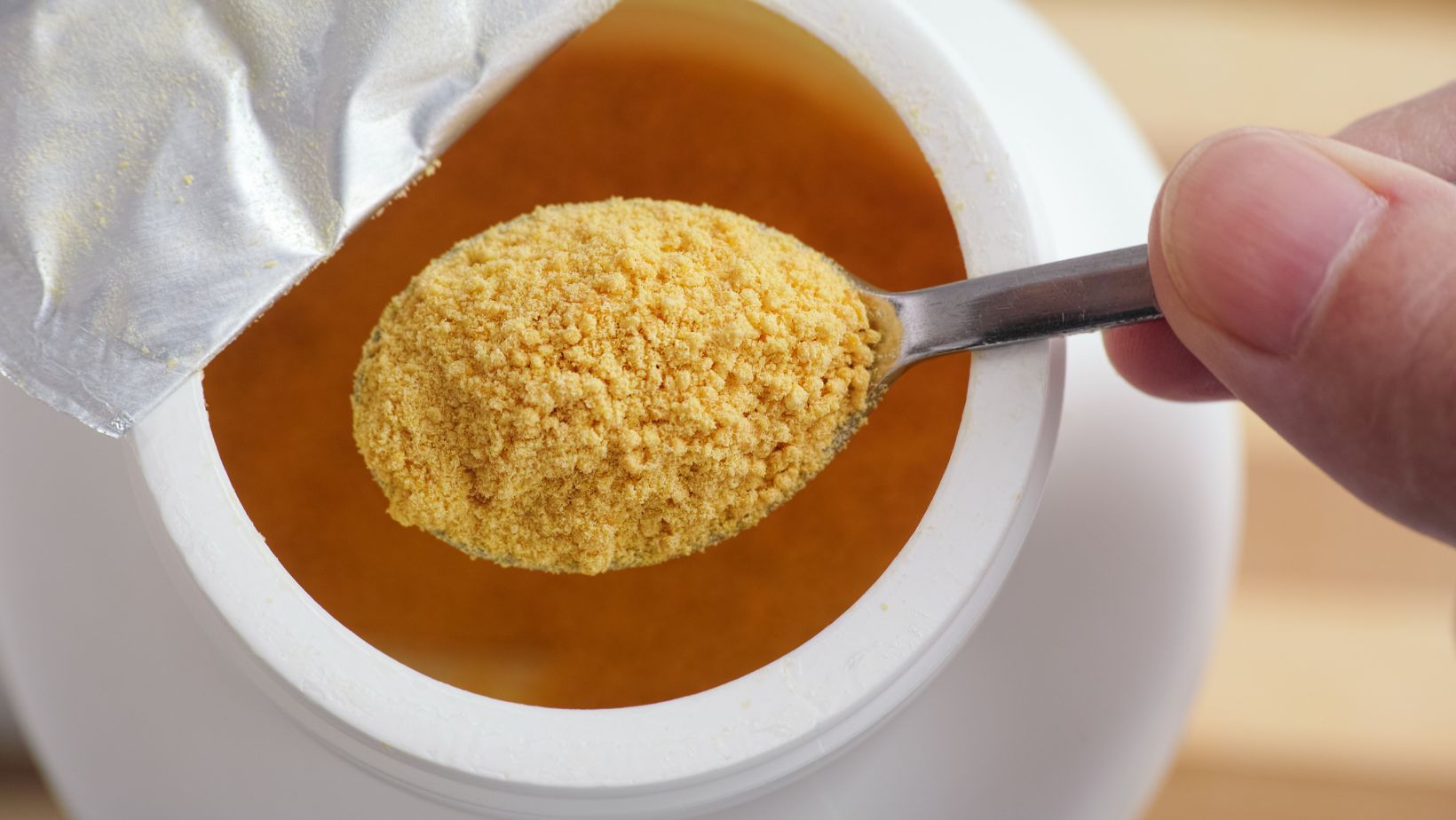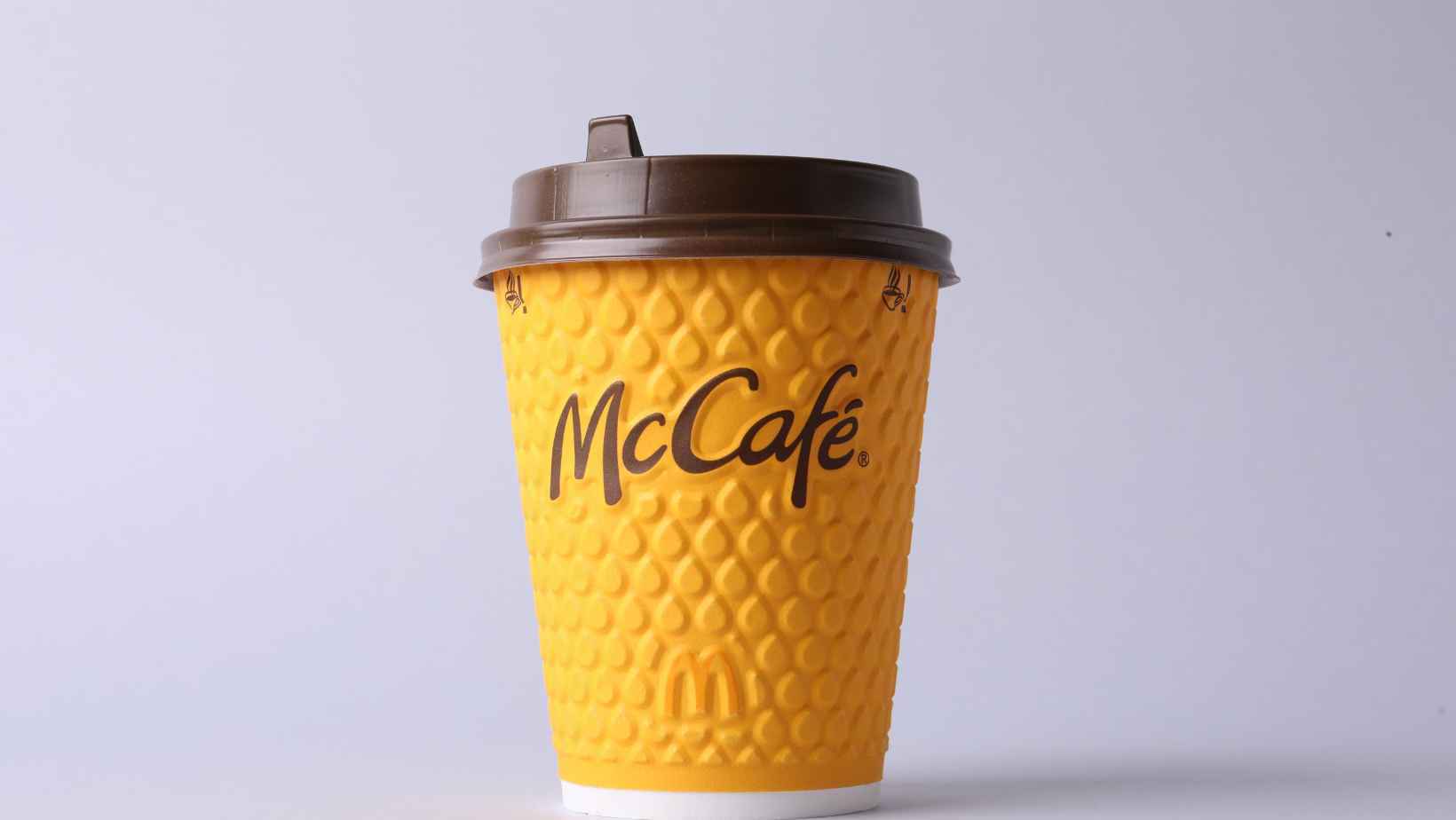Measuring How Many mL Are In A Cubic Centimeter?

How Many mL Are In A Cubic Centimeter?
Are you wondering how many milliliters are in a cubic centimeter? Well, let me clear that up for you. A cubic centimeter (cm³) is equal to one milliliter (ml). That’s right, they are the same! The conversion between these two units of volume is pretty straightforward and convenient.
The relationship between milliliters and cubic centimeters is based on the fact that both measurements represent the same volume. This equivalence makes it easy to convert between them without any complex calculations or conversions factors. So whether you’re measuring liquid medications, scientific experiments, or cooking ingredients, knowing that 1 ml is equal to 1 cm³ will simplify your calculations.
In summary, when it comes to milliliters and cubic centimeters, there’s no need for confusion. They are simply two different ways of expressing the same volume. Whether you use ml or cm³ depends on your preference and the context of your measurement. So go ahead and use whichever unit suits your needs best!

Understanding the Relationship Between Milliliters and Cubic Centimeters
Let’s dive into the fascinating world of measurement and explore the relationship between milliliters (ml) and cubic centimeters (cm³). These two units are often used interchangeably, but are they truly the same? Let’s find out.
To begin our exploration, it’s important to understand that both milliliters and cubic centimeters refer to volume. They measure the amount of space occupied by a substance or object. In scientific terms, 1 ml is equal to 1 cm³. This means that if you have a container with a volume of 50 ml, it would also be equivalent to 50 cm³.
The reason behind this equivalence lies in their definitions. A milliliter is derived from the metric system and represents one-thousandth of a liter. On the other hand, a cubic centimeter is derived from the metric system as well and represents a cube with each side measuring one centimeter in length.
These close measurements stem from the fact that both units are based on the International System of Units (SI), which provides standardized measurements across various scientific disciplines. Whether you’re working with liquids or solids, understanding how milliliters and cubic centimeters relate to each other can greatly simplify calculations and ensure accurate measurements.
In practical terms, let’s consider an example: imagine you have an empty syringe with a capacity of 10 ml. If you fill it up completely with liquid medication, you can confidently say that it contains 10 cm³ as well. This knowledge becomes particularly useful when dealing with precise dosages or conducting experiments where accurate volumes are crucial.
Overall, understanding the relationship between milliliters and cubic centimeters allows for seamless conversion between these two units in everyday life as well as scientific endeavors. So whether you’re cooking up your favorite recipe or conducting intricate laboratory experiments, knowing that 1 ml equals 1 cm³ will undoubtedly come in handy.
In conclusion, the relationship between milliliters and cubic centimeters is one of equivalence. This understanding enables us to navigate the world of measurement with confidence and accuracy. So next time you encounter these units, remember that they represent the same volume, allowing for seamless conversions and precise calculations.




